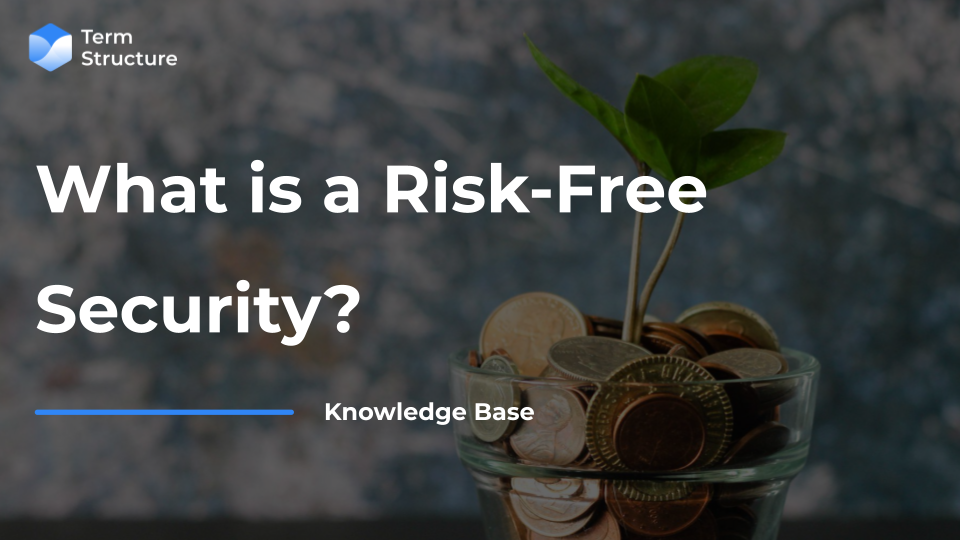What is a Risk-Free Security?

What is a risk-free security? This is a really philosophical question and the best way to answer this question is to look at a particular example: what would be a risk-free security for a US-based investor? The answer is US Treasuries, which are regarded as risk-free securities. But what are the characteristics that make these risk-free?
- No FX risk – these are priced in USD and the investor is US-based, so he has no currency risk.
- No credit risk – there is zero risk of the issuer, in this case, the US Government, defaulting on its obligation. PS: Governments with the power to issue currency are typically considered the most creditworthy issuers.
- Very liquid – they can be easily bought or sold in the financial markets without significantly impacting their prices.
- The benchmark for pricing other fixed-income instruments – they are less sensitive to interest rate fluctuations, i.e. they move less. PS: that doesn’t mean that US Treasuries don’t have interest rate risk.
Having read the above, we can identify other types of risk-free securities, such as German Government Bonds (called Bunds), Japanese Government Bonds (called JGBs), and UK Government Bonds (called Gilts).
It is important to note again that while the term "risk-free" is widely used, no investment is entirely without risk. Rather, the risk is extremely low and often considered negligible for practical purposes. Risk-free securities may still be exposed to other types of risk, such as interest rate risk or inflation risk. Additionally, market conditions, economic events, and changes in government policies can impact the perceived risk associated with these securities.
The whole idea of risk-free securities is to use them as benchmarks for pricing other fixed-income instruments, given their negligible risks.
